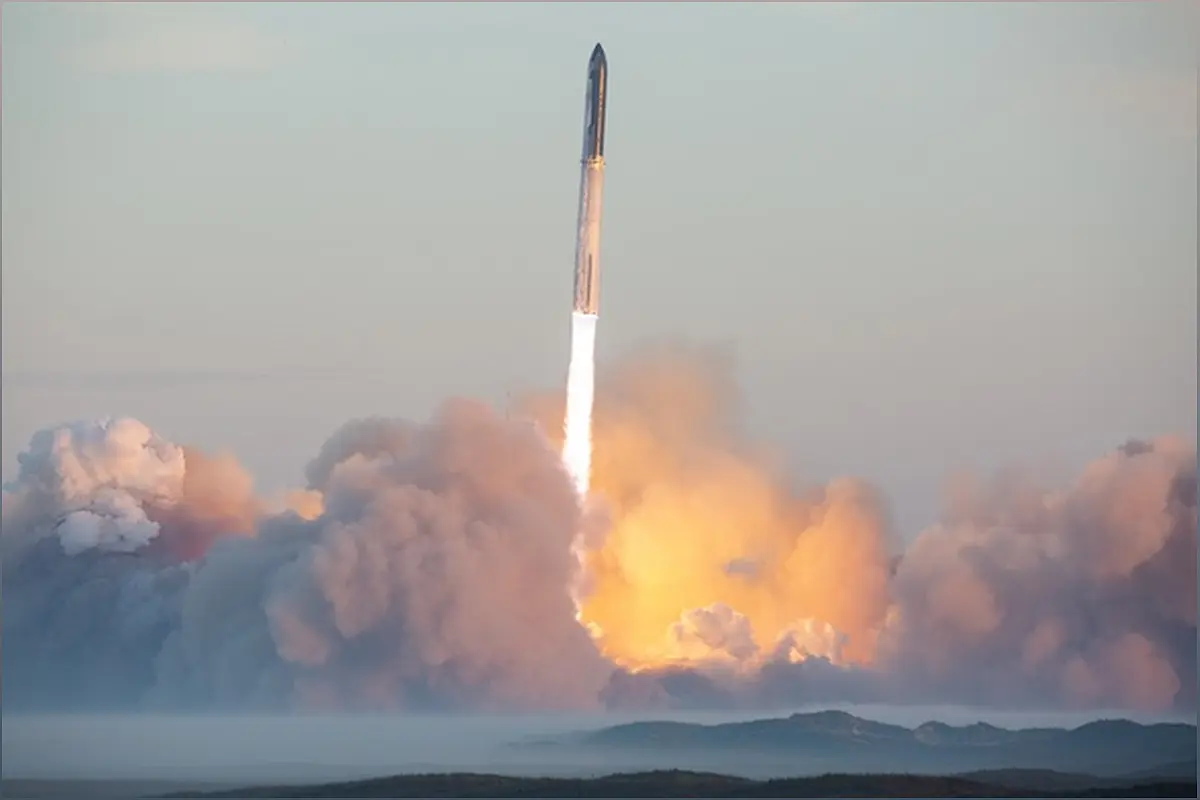The recent test flight of SpaceX's Starship/Super Heavy vehicle has sparked intense debates about its success or failure. While some hail it as a significant advancement, others argue that it fell short of expectations. Let's delve into the details and explore the progress made by SpaceX and its implications for the company and its major customer, NASA.
Advancements in Super Heavy Booster
Significant improvements in the Super Heavy booster have been observed.
One of the most notable improvements in the recent test flight was seen in the Super Heavy booster. Unlike the previous launch, there were no apparent failures of the 33 Raptors in the booster. This indicates a significant step forward in engine performance and reliability.
The mishap investigation conducted by the FAA after the previous launch revealed that leaking propellant caused fires, resulting in a loss of control. However, this time, the booster performed without any serious issues, demonstrating progress in resolving past problems.
These advancements in the Super Heavy booster are crucial for the future of SpaceX's missions, as they contribute to improved payload performance and overall mission success.
Enhancements to the Launch Pad
The launch pad underwent modifications to address previous issues.
Following the first test flight, SpaceX acknowledged underestimating the effects of the plume from the Raptor engines on the launch pad. Debris was scattered far from the pad, causing damage to the concrete.
For the recent launch, SpaceX installed a water deluge system to prevent such damage. This system, which underwent an environmental review, proved successful as the launch pad remained in excellent condition after the test flight.
These enhancements demonstrate SpaceX's commitment to learning from past mistakes and implementing effective solutions to ensure the safety and reliability of future launches.
Innovative Stage Separation Approach
A new stage separation system was employed for the test flight.
One of the key changes in the recent test flight was the adoption of a 'hot staging' approach for stage separation. Instead of the conventional method of separating the stages and then igniting the upper stage engines, SpaceX opted for igniting the engines before separation.
This new approach, accompanied by a vented interstage section, aims to improve payload performance by minimizing losses during stage separation. While it introduces additional risks, it offers potential advantages in terms of payload capacity.
By embracing innovative solutions like hot staging, SpaceX continues to push the boundaries of spaceflight technology, paving the way for more efficient and capable missions.
Implications for SpaceX and NASA
The recent test flight has raised questions about the pace of development and its impact on NASA's plans.
The outcome of the test flight has sparked debates about the speed of SpaceX's progress and its implications for NASA. While improvements were evident, concerns have been raised about the timeline for crucial missions, such as Artemis 3.
NASA officials have expressed frustration with the pace of Starship's development for the Human Landing System program. Delays in Starship's progress could potentially impact NASA's plans for returning humans to the lunar surface.
It is essential for SpaceX to address these concerns and work closely with NASA to ensure the timely development and deployment of Starship for future missions.

